Montérégie
-
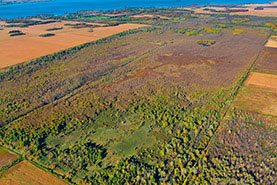
Saint-Anicet - Small and Large Tea Fields
The Small and Large Tea Fields are among the last great peatlands of the Montérégie region.
-
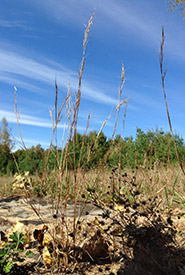
Saint-Anicet — NCC protects a rare dune plant in the Montérégie: forked three-awned grass
In the municipality of Saint-Anicet, on the south shore of Lac Saint-François (where the St. Lawrence widens, southwest of Montreal), lies a rare dune species fighting for survival: forked three-awned grass.
-
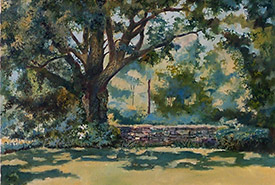
Huntingdon — A land of sharing and diversity
Land that belonged to one family for two centuries is now being protected by NCC. The exceptional forest here has inspired art, connection and healing.
-
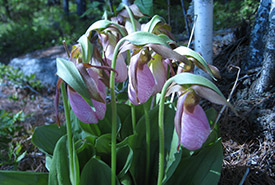
Covey Hill - A symbol of our natural heritage
Covey Hill is a true jewel of nature, complete with idyllic landscapes, clear streams, beautiful woods and charming orchards and vineyards.
-
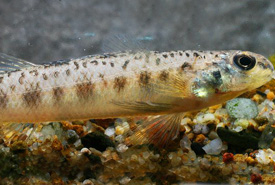
Saint-Roch-de-Richelieu — Protecting the fish of the Richelieu River
Île Deschaillons is located in the Richelieu River in Saint-Roch-de-Richelieu, about 20 kilometres from Sorel-Tracy. Here, NCC protects a 20-hectare (49-acre) area that supports a channel rich with aquatic plants, waterfowl and at-risk fish species.
-
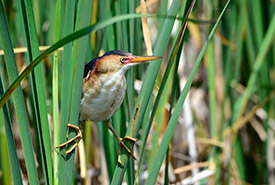
Saint-Paul-de-l'Île-aux-Noix — Protecting nature is as easy as 1, 2, 3, 4, 5!
The Nature Conservancy of Canada now protects five islets in the Richelieu River. Several animals frequent these islets, and rumour has it that there may even be a turtle species in the area that’s not supposed to be there!
-
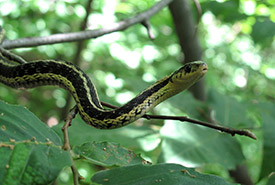
Saint-Georges-de-Clarenceville: A cozy nest for common gartersnake
In the vicinity of Saint-Georges-de-Clarenceville in Montérégie, NCC is protecting an agricultural lot in collaboration with the Ministère des Forêts, de la Faune et des Parcs (MFFP) and several teams of professionals, to make it a site with high ecological value.
-
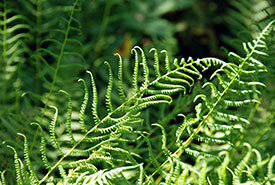
Venise-en-Québec and Saint-Georges-de-Clarenceville - Explore and protect the Tourbière-de-Venise-Ouest Nature Reserve
In 2011, Tourbière de Venise-Ouest (peatland), located on land owned by the Nature Conservancy of Canada (NCC), was established as a nature reserve. Covering an area of 228 hectares (563 acres), it straddles the municipalities of Venise-en-Québec and Saint-Georges-de-Clarenceville.
-
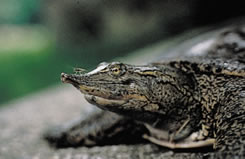
Lake Champlain — Spiny softshell turtle habitat conservation
The spiny softshell turtle, one of eight freshwater turtle species found in Quebec, owes its name to its leathery shell and its soft spines near its head. In the past, this reptile could be seen in the Ottawa River, the St. Lawrence River and the Richelieu River. Today, in Quebec, the spiny softshell turtle is only found here on Lake Champlain.
-
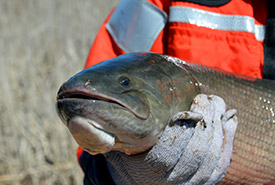
Male bowfin: an exemplary dad
What has a flat tail, a remarkable set of teeth and swims with its head above the water? You might be thinking of the famous rodent that graces the Canadian five-cent coin, but no. It’s a fish — the bowfin.




